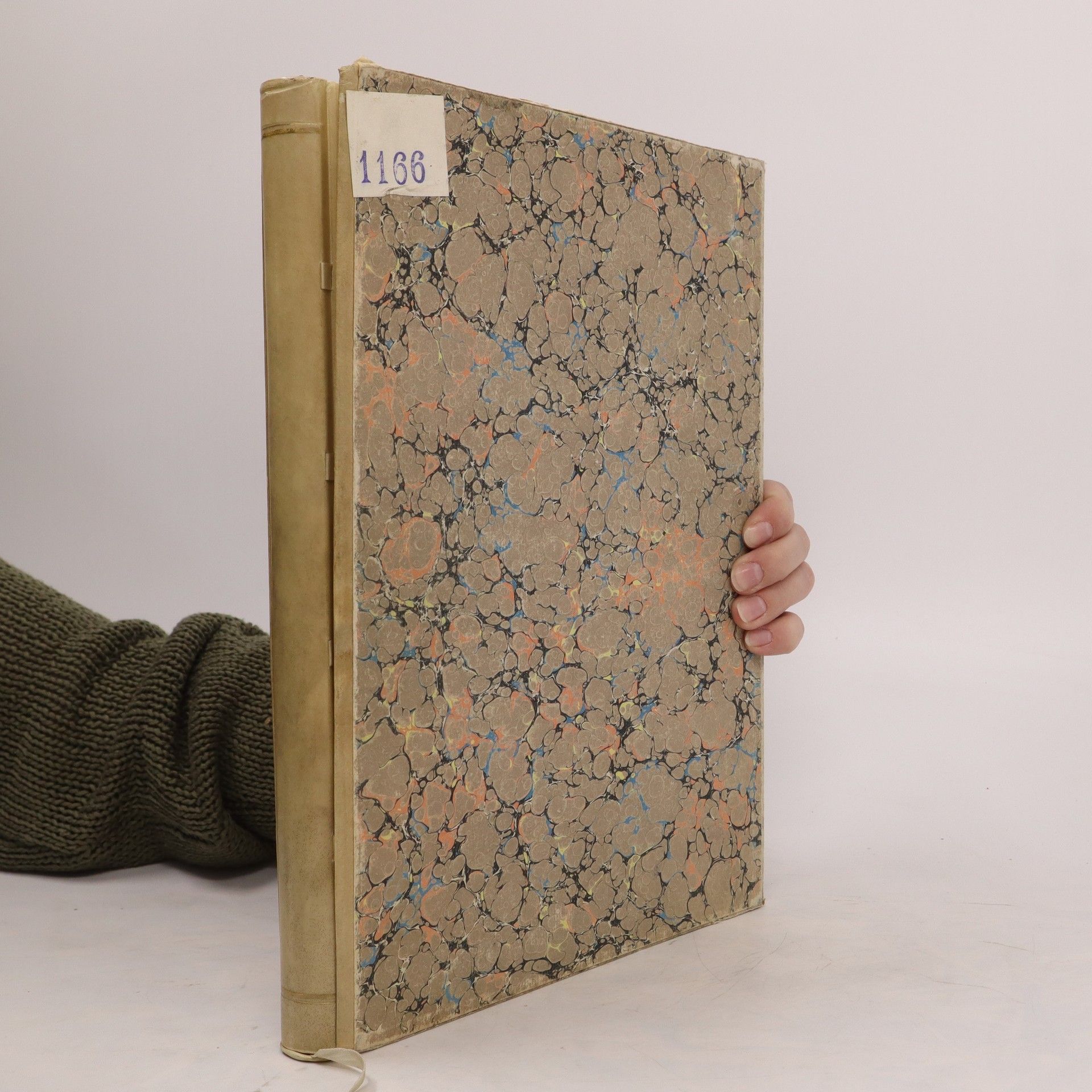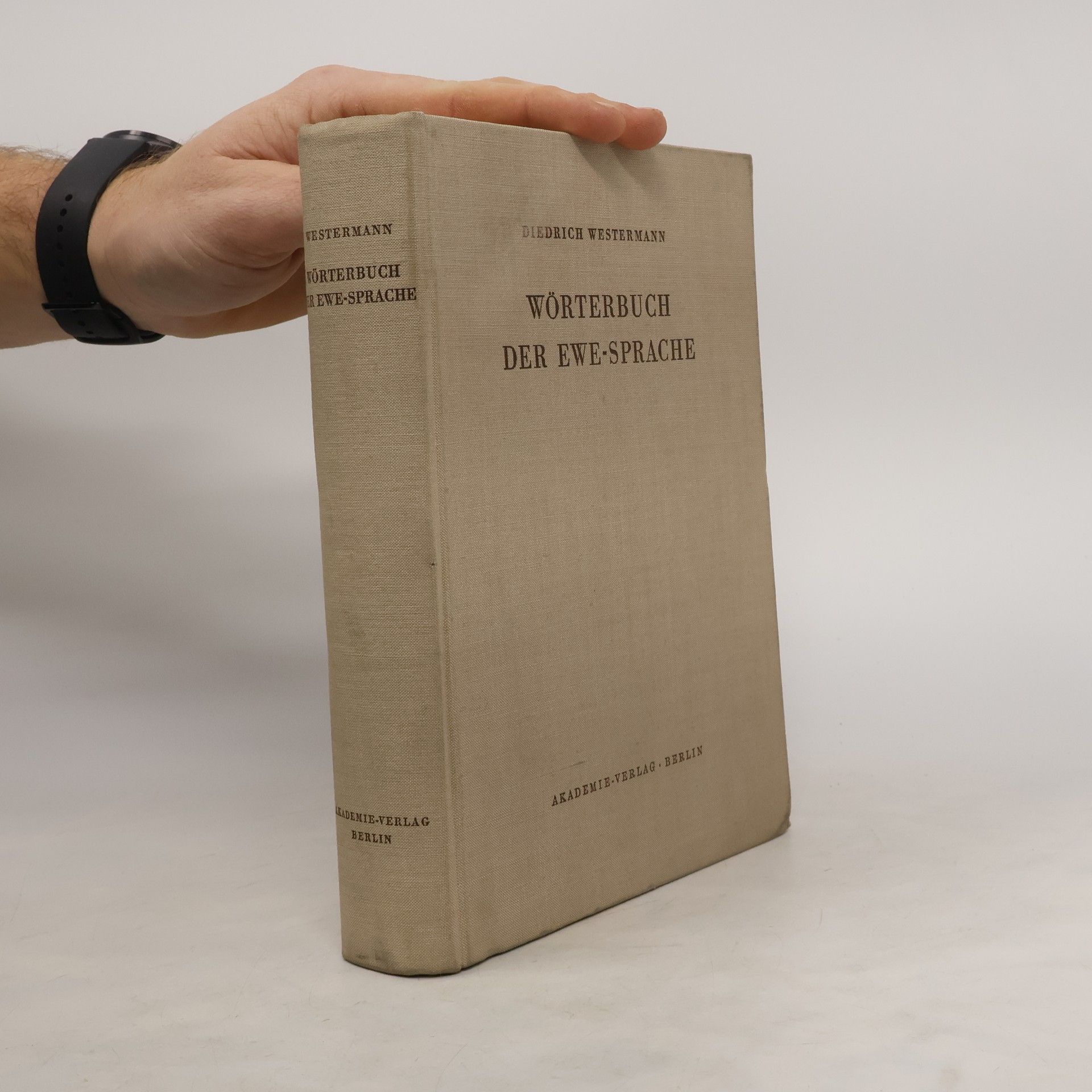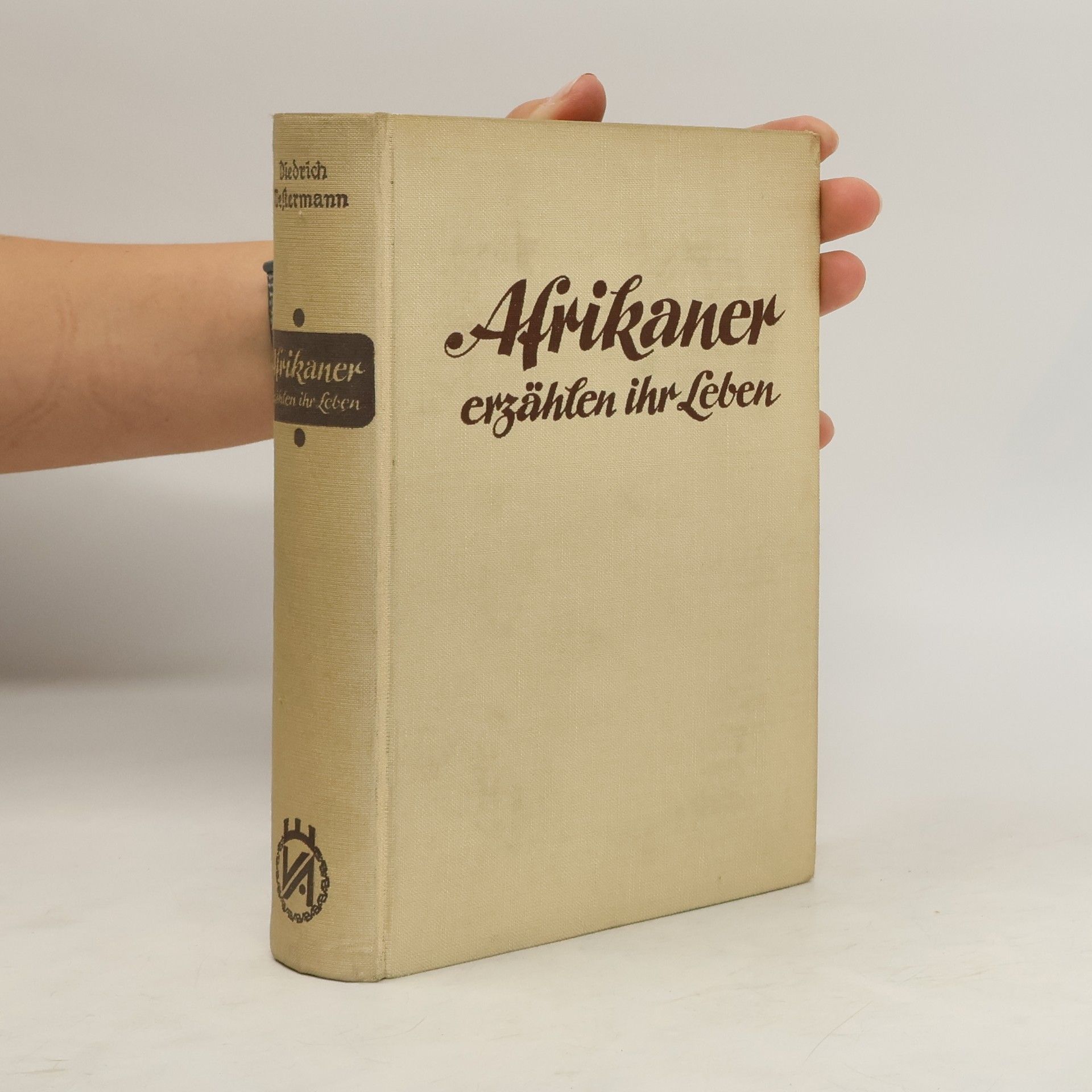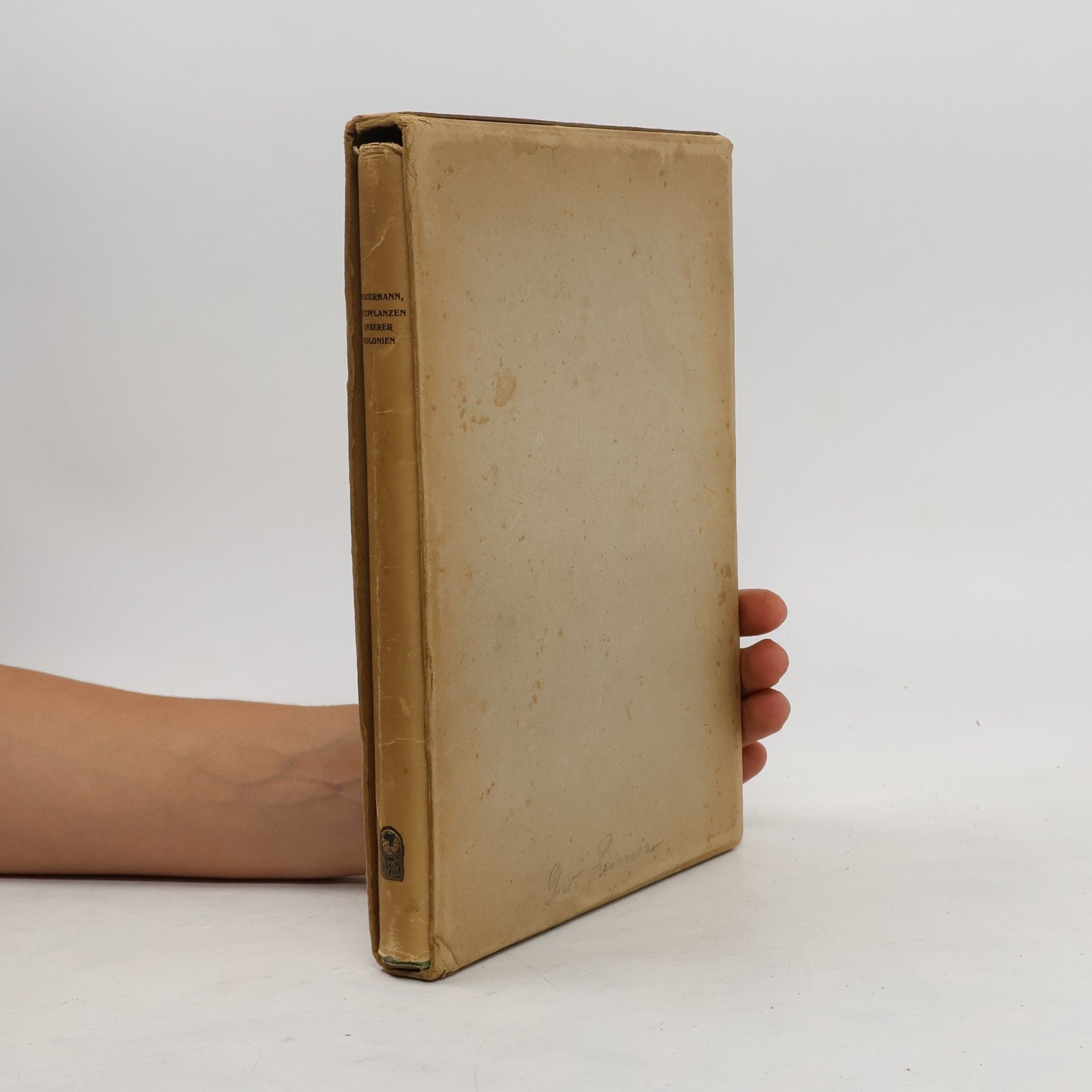The African Today
- 362 pages
- 13 hours of reading
Published in 1934, this significant work in African sociology and psychology reflects the perspectives and context of its era. It offers valuable insights into the social and psychological dynamics of African societies, making it a crucial resource for understanding historical and cultural frameworks. The book's relevance endures, providing a lens through which to examine the complexities of African life and thought during that period.




